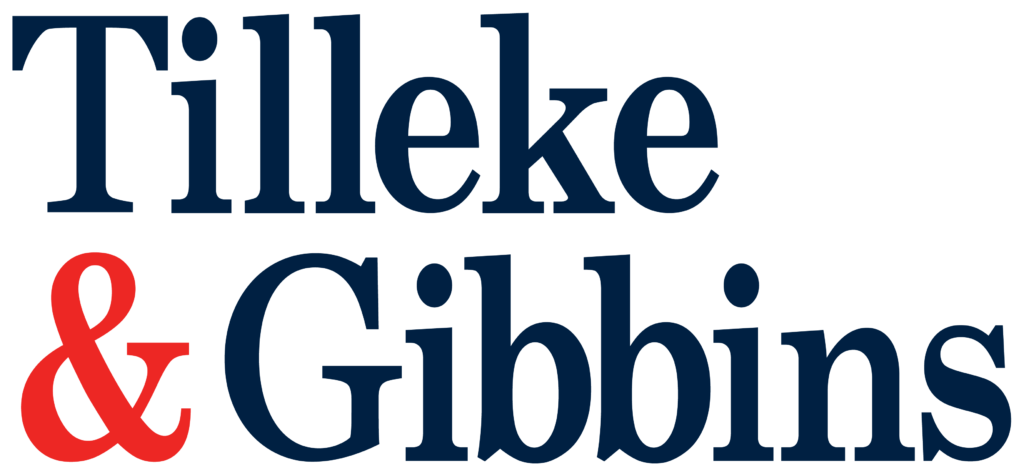The emergence of generative artificial intelligence (AI) has transformed the landscape for innovators and creators. As many legal practitioners have pointed out, it’s imperative for both developers of AI and artists using generative AI to understand the intricacies of intellectual property (IP) strategies so they can navigate this evolving terrain successfully. This article lays out some essential considerations relating to the major types of IP for both developers and creators in the realm of generative AI.
IP Strategies for Developers of Generative AI
Developers of generative AI technologies play a pivotal role in the innovation landscape. There are three overarching IP-related issues to consider: protecting their own intellectual property, mitigating the risk of violating other people’s IP rights, and IP commercialization. Key aspects of these concerns, along with suggested approaches for developers, are outlined below.
Protecting IP
- Copyrights. One of the primary considerations for AI developers is the protection of AI-generated works, such as art and source code. The good news is that in most countries, these creations enjoy copyright protection without the need for registration. As a result, the works are automatically protected from the moment of creation. However, it’s crucial to maintain comprehensive records of your work to establish your ownership.
- Trademarks. Trademarks are vital for AI developers looking to establish and protect their brand. Pay close attention to Nice classifications, particularly class 9 (for software), class 35 (for business management and online marketing), and class 42 (for software design and development). Registering trademarks in these classes can provide robust protection for your brand and products.
- Patents. For truly innovative AI algorithms, techniques, or processes, consider the option of patenting. Patents offer strong protection, but they require a thorough application process and the documentation of your innovation, including evidence that the invention is novel, non-obvious, and practically applicable.
- Trade secrets. Protect valuable assets such as training datasets and algorithms through trade secrets. Keep them confidential and restrict access to maintain their secrecy. Legal agreements, including nondisclosure agreements (NDAs), can be invaluable in safeguarding these critical components.
Mitigating the Risk of Infringing Others’ IP Rights
- Data collection. When collecting datasets for training AI models, ensure that you use legally obtained data. Commissioned datasets and orphan works (copyright-protected works for which the author cannot be identified or found) often come with clear usage rights, making them safer choices. Exercise caution when dealing with datasets of uncertain origin to avoid potential infringement issues.
- Data protection laws. AI training datasets may contain personal data, which can be subject to data protection laws such as the General Data Protection Regulation (GDPR) in Europe or the Personal Data Protection Act (PDPA) in Thailand. Noncompliance with applicable data protection laws such as these can harm individuals’ privacy rights and risk legal consequences.
IP Commercialization
- Ownership issues. Ownership of IP can become complex, especially when multiple parties are involved in creating it. To avoid future disputes and legal complications, be diligent in clarifying ownership rights and potential liability issues.
- Licensing components. Licensing IP rights is a fundamental tool for exploiting them commercially. The license should also define the scope of ownership over the work, including elements created independently by the author and those developed through the use of generative AI. When commercializing your AI-generated products, identify the components that you own or have created. Distinguishing between your own IP and components that incorporate open-source or others’ licensed IP can make it easier to craft effective licensing agreements while protecting your interests.
IP Strategies for Creators and Artists
Creators and artists using generative also face a range of IP challenges. While some of these relate to the broader topics identified above, the specific concerns and recommended approaches differ. For instance, creators and artists have their own unique concerns when it comes to IP commercialization and the risk of infringing IP rights. The issue of IP ownership, particularly in relation to derivative works and jointly created inventions using generative AI, also comes to the fore.
IP Commercialization and Licensing
- Licensing and selling. Creators and artists using generative AI have the opportunity to license or sell their works if the end-user license agreement permits. This can provide a pathway for monetization and sharing your creative endeavors with a broader audience.
- Ownership of IP rights: Determining ownership rights is a necessary prerequisite when considering the commercialization of IP created through generative AI and prompts. Factors such as the “sweat of the brow doctrine,” which considers the level of user contribution to the generated work, can influence ownership. Carefully examine the terms of use and licensing agreements for any AI tools and platforms used in creating a work. If explicit ownership terms are absent, the local laws in each jurisdiction may determine ownership.
- Commercial arrangements. The type of service model, such as licensing or subscription, can also impact copyright ownership rights. Whether it’s a free or paid subscription, be aware of their implications on your ownership when using a third party’s AI software to create your works, as the ownership rights may be influenced by the chosen licensing or subscription models.
Ownership
- Derivative works. When creating derivative works using generative AI, it may be necessary to obtain authorization from the original sources, especially if the original works are copyright protected.
- Jointly created inventions. In situations involving jointly created inventions or when using generative AI as a collaborative tool, clearly defining ownership and responsibilities among collaborators (e.g., via agreement) can prevent disputes and ensure that all contributions are acknowledged and protected.
Risk of Infringing Others’ IP Rights
- Utilizing trusted generative AI. To mitigate the risk of infringing others’ IP rights or breaking other laws (such as the GDPR), always use generative AI with legally sourced materials, including datasets and pretrained models.
- Exercise caution with fair-use doctrine. Fair use requirements and exceptions can vary significantly across jurisdictions. What qualifies as fair use in one place may not be in another, so it’s necessary to understand the local legal context and be cautious about relying on fair use as a defense.
Conclusion
Generative AI presents both exciting opportunities and complex challenges for innovators, developers, creators, and artists. Legal complexities—particularly those related to IP—are prominent among the implications of this technology, so effective IP strategies are essential for safeguarding creations, avoiding legal pitfalls, and capitalizing on the benefits of innovation. Careful and well-thought-out legal IP strategies will help creators, innovators, and their organizations make meaningful progress in this dynamic landscape.







